History of Irish Lace: Unravelling the Threads of Time
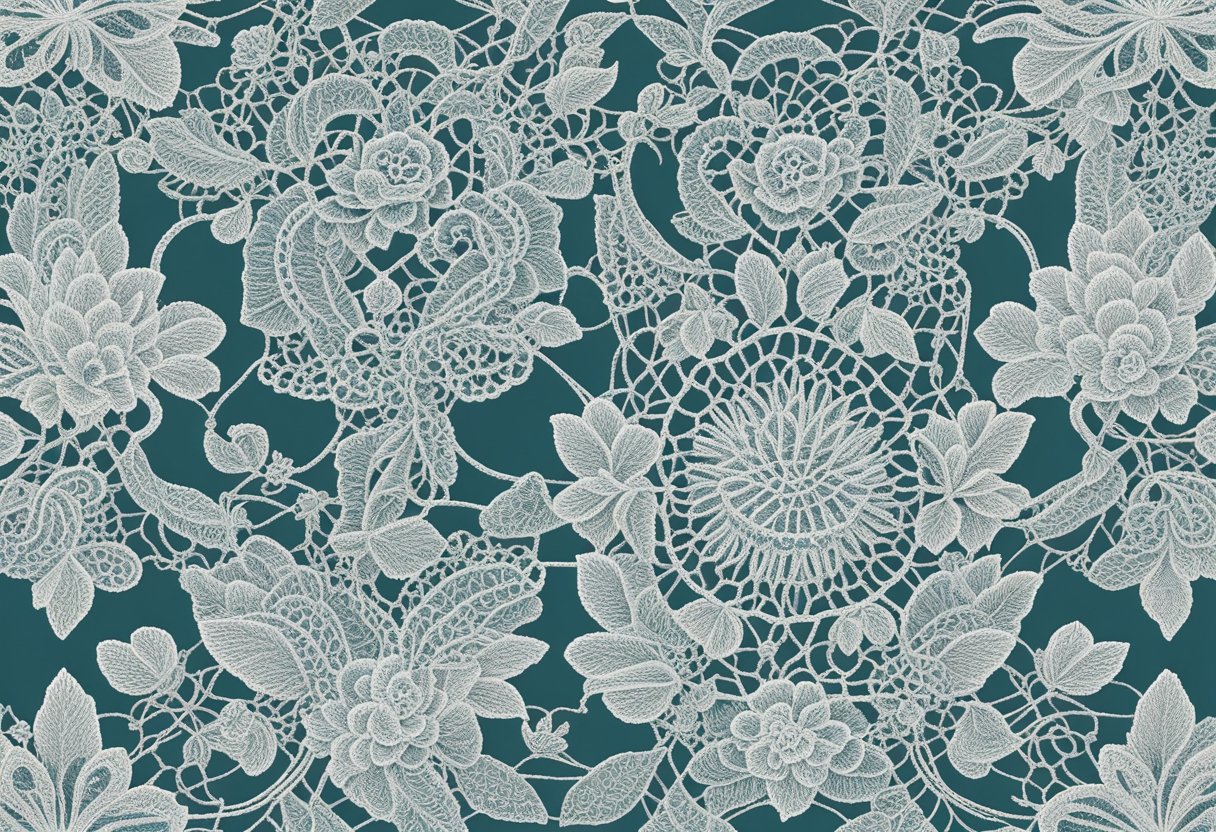
Updated On: April 22, 2024 by Maha Yassin
Irish lace is distinctive in the history of textiles, renowned for its beauty, intricacy, and important role in Ireland’s economic and cultural past. It thrived as a luxury commodity during the Victorian era, valued for its delicate artistry and favoured by the upper echelons of society across Europe. However, the origins and evolution of Irish lace tell a far more profound story, one of resilience and ingenuity in the face of hardship. The craft began as a means of survival for many impoverished families, particularly during the Great Famine, and quickly became a national identity and pride symbol.
The various styles of Irish lace, such as Limerick, Carrickmacross, and Crochet, emerged in response to social and economic pressures throughout the 18th and 19th centuries. Lace-making in Ireland was not only about creating beautiful garments; it became a lifeline during destitution, providing much-needed income for communities. Lace schools were established, and the practice spread geographically, further embedding itself into the country’s cultural fabric. The impact of Irish lace continued into the modern fashion world, preserving its legacy and solidifying its place within Irish cultural identity.
Origins of Irish Lace
In the 18th century, Irish lace began its journey as an exquisite craft that would gain international acclaim. This intricate art form, which draws technical and stylistic inspiration from Venetian lace, was initially introduced to Ireland by French nuns. Its emergence served as a remarkable response to the socio-economic challenges of the time.
Key Aspects:
- Period: 18th century onwards
- Influence: Venetian techniques
- Establishment: Within convents and communities
Irish lace-making flourished when convents became centres of learning and production for this delicate work. Having been adept at the craft, the nuns sought to unravel the intricacies of Venetian designs to pass on the revered techniques to women in communities across Ireland. In towns like Clones, lace-making evolved into more than just an expression of creativity; it became a lifeline during famine and poverty.
- Notable Forms:
- Crochet
- Needlepoint
- Tatting
Motivated by the need for economic relief, the art of making Irish lace offered women a means of earning income, using skills that required minimal investment in materials. The precise detail and artistry of Irish lace soon found their way into European fashion as a symbol of both luxury and a testament to the resilience of the Irish people during hardship.
Spread:
- Training and workshops led by religious orders
- Adopted in homes throughout Ireland for supplementary income
- Acquisition of status as a luxury good in European markets
Irish Crochet Lace Evolution
Irish crochet lace has a distinguished history, characterised by its evolution from traditional techniques to a highly regarded craft. Let us explore how this art form blossomed from its humble beginnings to becoming a symbol of Irish craftsmanship.
Introduction of Crochet Technique
Crochet arrived in Ireland in the 1700s, originating from France, where it served as a faster method for creating Venetian point needle lace. It found a new home within Irish convents, providing an economic boon during hardship. Learn more from Interweave’s article on Irish crochet history.
Contribution of Convents
In these convents, nuns were crucial in teaching the crochet lace technique across Ireland. Their contribution during the 19th century was significant, especially when the Great Famine struck, turning this craft into a vital means of survival. Handcrafted by countless women, it transformed into a vital cottage industry credited with helping to sustain many families during these desperate times. Read more on the history of Irish crochet lace.
Distinctive Features and Motifs
The beauty of Irish crochet is in its intricate motifs: delicate flowers, shamrocks, and leaves; all interconnected with fine picot stitches. These designs are not only symbolic of Ireland’s natural beauty but also the resilience and ingenuity of its people. Through resourcefulness and creativity, they developed a lace of such quality and artistry that it still resonates with admirers today. The evolution of these styles can be seen as a reflection of the changing times, where modern lace makers are infusing contemporary twists into the traditional motifs, ensuring the craft’s continuity and relevance. Discover how this technique was shared in The Spruce Crafts’ discussion on Irish crochet lace.
Limerick Lace’s Emergence
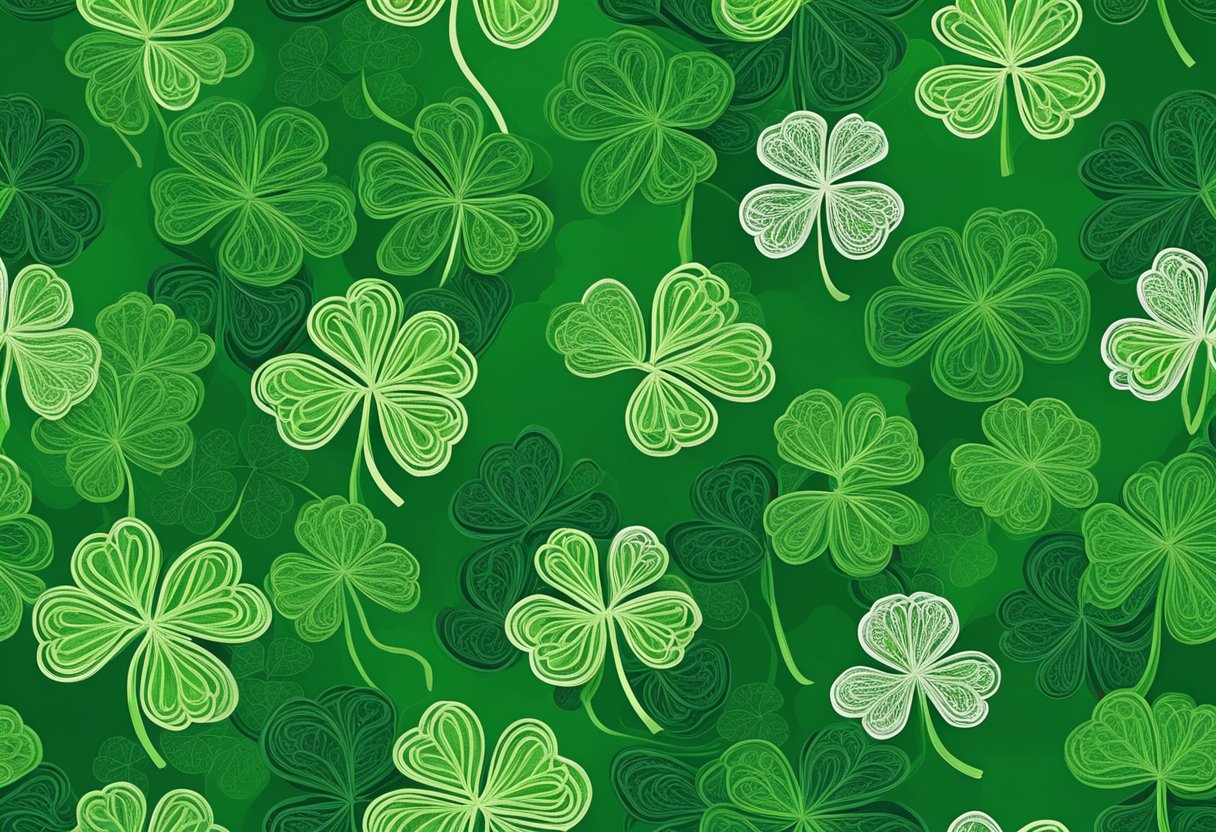
In the early 19th century, the lace industry in Ireland witnessed the birth of a new lace type, now known as Limerick lace. It differed from the pre-existing Irish crochet lace, representing a significant turn in our Irish cultural heritage.
In 1829, Charles Walker, captivated by Limerick’s potential as a hub for lace production due to its access to skilled female labour, pioneered a factory that specialised in crafting Limerick lace. The industry flourished during this period, transitioning Limerick into a centre for exquisite lace manufacturing.
The craft of Limerick lace involves intricate hand embroidery on a machine-made net. It stands out as a ‘mixed lace’, distinct from the completely handcrafted ‘true lace’.
Here’s a brief timeline showcasing the progression of Limerick lace:
- 1829: Charles Walker establishes the first Limerick lace factory
- 1829-1870: Factory production era, with increased lace-making proficiency
- Post-1870: Transition to handcrafted home and workshop production
Our melding of technology with age-old needlework techniques has secured the position of Limerick lace in the fabric of our nation’s craft history. This lace type’s uniqueness lies in its patterns, which feature both the tambour stitch and needle run and intricate needlepoint stitches, providing diverse textures and designs.
Limerick lace endured ebbs and flows in its demand over the years but has stood staunch against the tests of time, remaining an integral facet of Irish craftsmanship. Our continuous appreciation and preservation efforts reflect a commitment to celebrating and upholding this delicate art form.
Carrickmacross Lace Technique

Carrickmacross lace is renowned for its intricate technique that marries sheer, usually organdie, fabric with fine needlework. The technique was developed within the context of a cottage industry and has grown to represent a significant part of Irish heritage.
Development of Technique
Originally inspired by Venetian needle lace, Carrickmacross lace emerged as a unique form of lace-making with its own established method. In its early days, this delicate craft was fostered to provide income for families in rural areas, effectively positioning itself as a pivotal segment of the cottage industry in Ireland. Our artisans carefully sandwich tissue paper and machine-made net between two layers of fabric, typically muslin or Cambric, and then delineate the pattern upon the upper layer. They then meticulously stitch the outlines of the design, after which the excess fabric and paper are cut away, unveiling the characteristic Carrickmacross lace pattern.
Design and Influence
The design motifs for Carrickmacross lace often draw on natural elements and can include floral patterns, leaves, and intricate geometrical shapes. To create the signature effect of contrast and texture, parts of the background net are removed whilst other sections remain covered with fine embroidery and embellishments such as pops or loops. This embroidery is a testament to the skill and finesse required and indicates the influence of Italian styles on the craft. The application of Carrickmacross lace surpassed regional boundaries and adorned clothing, including wedding dresses, establishing prestige and desirability across the social spectrum.
The presence of Carrickmacross lace within Irish culture underscores its historical and aesthetic significance. It serves as a bridge between traditional craftsmanship and contemporary fashion. Our commitment to maintaining the high standards of this technique ensures the ongoing reverence and celebration of this exquisite form of Irish lace-making.
Lace-Making in the Context of Famine
Lace-making in Ireland became particularly significant during the Great Famine, providing vital income and facilitating humanitarian aid.
Role in Supporting the Community
During the Great Famine, Irish lace emerged as a crucial means of subsistence for those facing extreme poverty. As agriculture faltered, lace work offered an alternative source of income. Communities rallied around this intricate craft, using it to sustain families and preserve local economies in times of dire need.
Famine Relief Efforts
Recognising the inadequacy of the famine relief schemes, Philanthropic women established lace schools that taught famine-stricken women and girls this valuable skill. This initiative not only equipped them with a means to earn a living but also contributed to the wider famine relief efforts, as the lace produced was sold domestically and internationally, bringing much-needed funds back into Ireland.
Lace Schools and Education
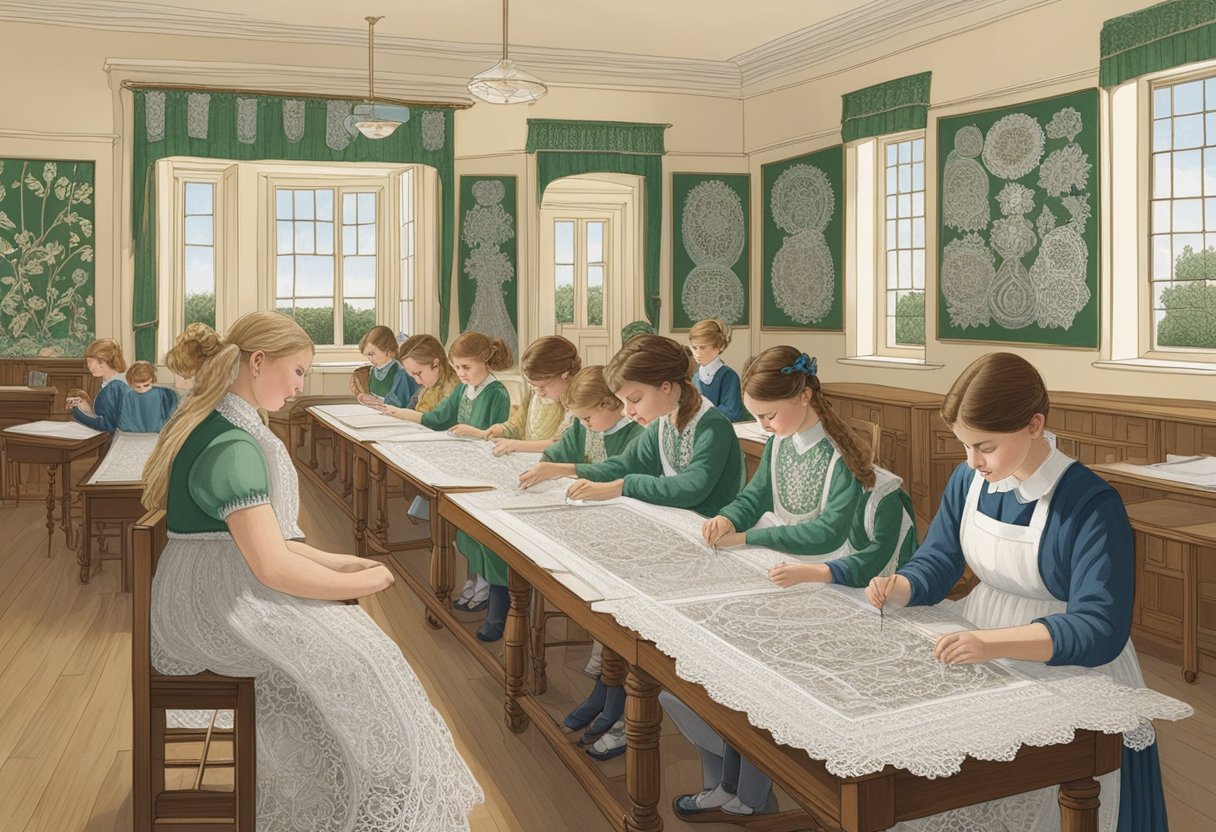
In the wake of the famine, we witnessed the establishment of lace schools across Ireland, which not only helped preserve a delicate art form but also provided a means of livelihood for many.
Formation of Lace Schools
As the Irish lace-making evolved into a cottage industry, convents and estate owners began establishing lace schools. The introduction of these schools played a crucial role in structuring the lace industry, moving the practice from homes into a more formal educational setting. For example, in Co. Monaghan, the area noted for Carrickmacross Lace, estates often provided the buildings for such schools.
Training of Young Irish Girls
The primary objective of lace schools was to educate young girls in lace making, thereby equipping them with a skill that held cultural and economic value. Formal education in lace craft was not confined to convents; rather, across numerous locations, these institutions aimed to empower girls by teaching intricate lace-making that would help sustain families and preserve this important element of Irish artistic heritage.
A tradition of high-quality lace production was maintained by meticulously educating young girls in the creation of Irish Lace. These lace schools supported education and contributed significantly to the local economy as a valuable cottage industry.
Geographical Spread of Lace Making
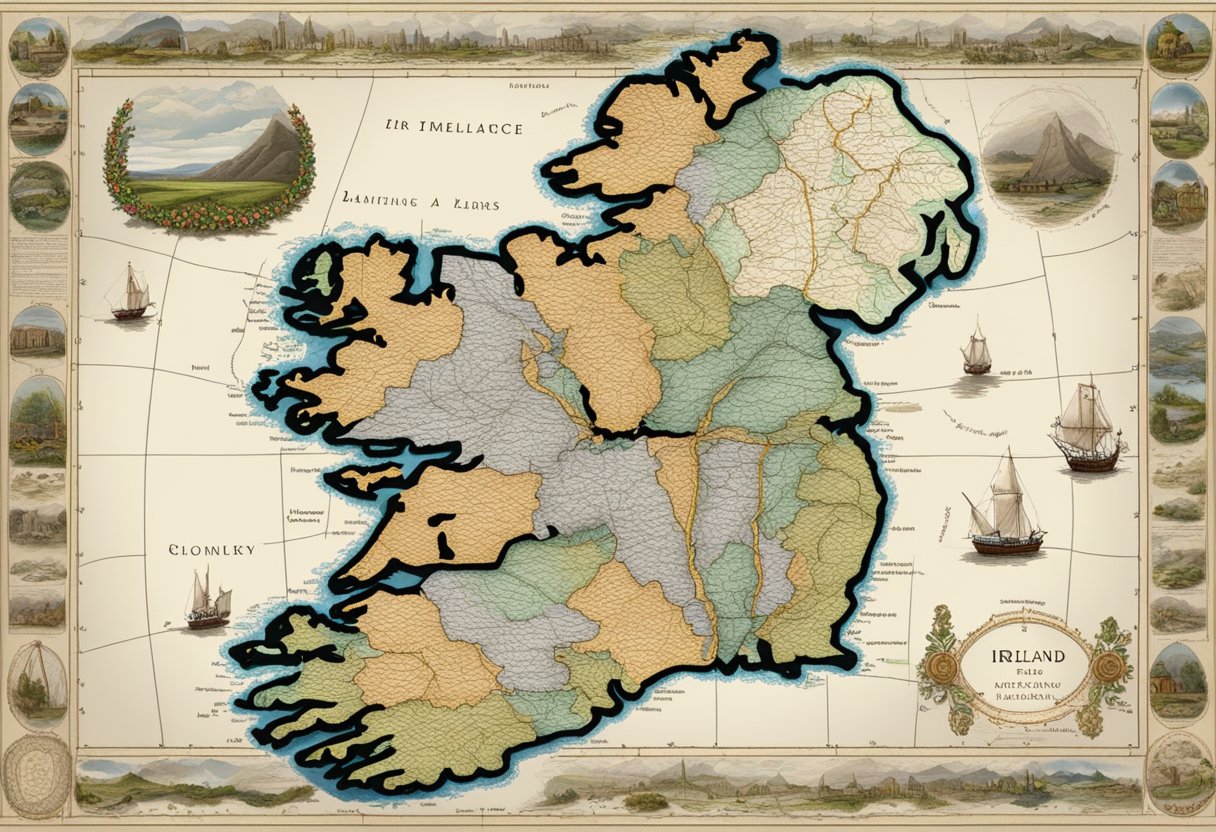
As we explore the history and craft of Irish lace, two regions stand out for their remarkable contributions: Cork and Kerry in the south and the towns of Clones and Youghal in the north. These areas played critical roles in the proliferation of lace making, each with distinct styles and techniques that have gained admiration internationally.
Cork and Kerry
The tradition of lace making in County Cork, specifically around the picturesque town of Kenmare, is hailed for its fine Kenmare lace. This delicate and artful lace type originated in the 19th century after the Great Famine as a means to create employment. Renowned for its intricate patterns and exceptional quality, Kenmare lace rapidly became a sought-after craft across the region and beyond.
Similarly, County Kerry also has a rich history of lace craft. Local women were instrumental in sustaining their families by producing this highly-valued textile, intricately weaving their livelihoods with the threads of their work, underscoring its significance in the regional economy.
Clones and Youghal
Moving to the north, the town of Clones in County Monaghan became synonymous with Clones lace, a robust yet intricate crochet technique that originated during the post-Famine period. Characterised by its unique patterns, Clones Lace employed a specialised crochet method that illustrated the adaptability and innovation of Irish lacemakers.
In the town of Youghal, another variant of Irish lace came into prominence: Youghal lace. This particular style combines the needlepoint and crochet craftsmanship mastered by the local women. Developing during the 19th century, it contributed significantly to the town’s economic revival, and Youghal lace’s reputation for quality brought it to the attention of international buyers and collectors.
In these regions, lace-making was more than just an artistic expression; it was a means of survival and resilience. Cork, Kerry, Clones, and Youghal each played pivotal roles in the craft’s development and enduring legacy.
Economic and Social Impact
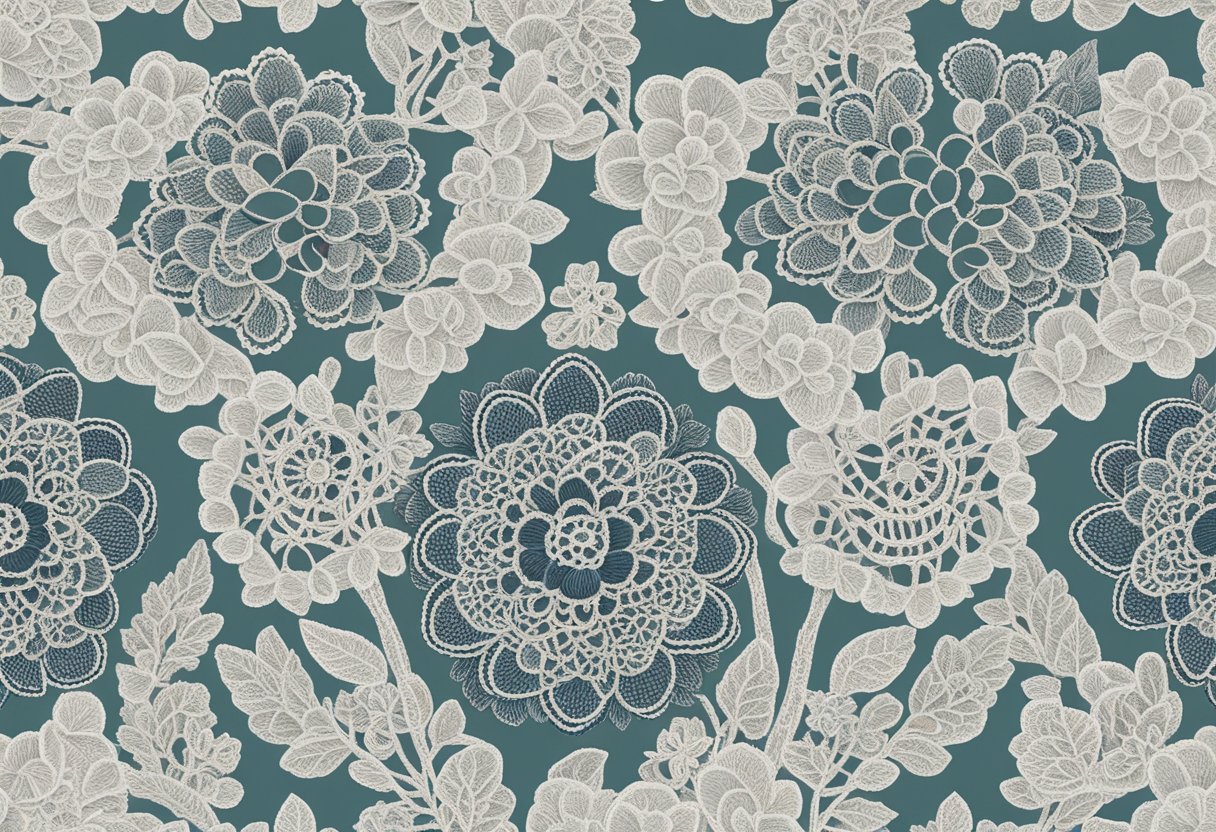
Irish lace-making became a pivotal industry with profound economic and social influences during the 19th century. It sparked a transformation in Irish society by bolstering the local economy and elevating the status of women.
Role in Local Economy
In times of dire need, lace-making emerged as a crucial cottage industry for Ireland, providing a substantive financial lifeline. Women and families found that their intricate craftsmanship yielded a valuable commodity, enabling them to contribute significantly to the local economy. This industry was not just an art form. Still, it was instrumental in keeping communities afloat, especially considering that the fine lace, sought after by affluent consumers, was created by individuals from some of the most impoverished areas.
Elevation of Women’s Status
The industry had an unexpected yet welcome effect by subtly shifting women’s roles within society. Thanks to the art of lace-making, women gained a source of income and a certain degree of social status and independence. Through this cottage industry, women impacted the economy and societal attitudes, redefining their position in both the domestic sphere and the broader societal context. This activity gave women a voice and a stake in the economic health of their communities, transforming them into valued contributors beyond traditional confines.
Lace in Irish Cultural Identity
Irish lace holds a significant place in our cultural identity, symbolising Irish society’s artistry and resilience. Initially woven by the poorest women as a means of survival, it soon became a luxury item adorning the attire of the wealthiest in Europe. The intricate patterns often featured traditional designs, including shamrocks, symbolising Ireland on a global stage. This elegant craft also caught the attention of Queen Victoria, who wore Irish lace on her wedding dress, thus increasing its popularity and demand.
Irish lace is not merely a fabric but a narrative woven through Ireland’s history. It tells tales of skilled artisans who, despite hardship, created beauty that transcended their circumstances. Their contributions to Ireland’s cultural tapestry are seen in preserving patterns and techniques passed down through generations.
Here’s a brief overview of Irish lace’s impact on our society:
- Luxury and Accessibility: Irish lace represented a dichotomy: a luxury item produced by the impoverished, bridging societal gaps.
- Cultural Emblems: Traditional motifs such as the shamrock were common in designs, embedding national identity into the lace.
- Royal Patronage: Validation from figures like Queen Victoria bolstered Irish lace’s prominence.
Irish lace remains a cherished part of our heritage. Through meticulous artisanship, every stitch revives and celebrates the spirit of Ireland’s cultural essence. Our lace is not just a craft; it’s a language of our past and a prized heirloom for our future.
Irish Lace in Modern Fashion
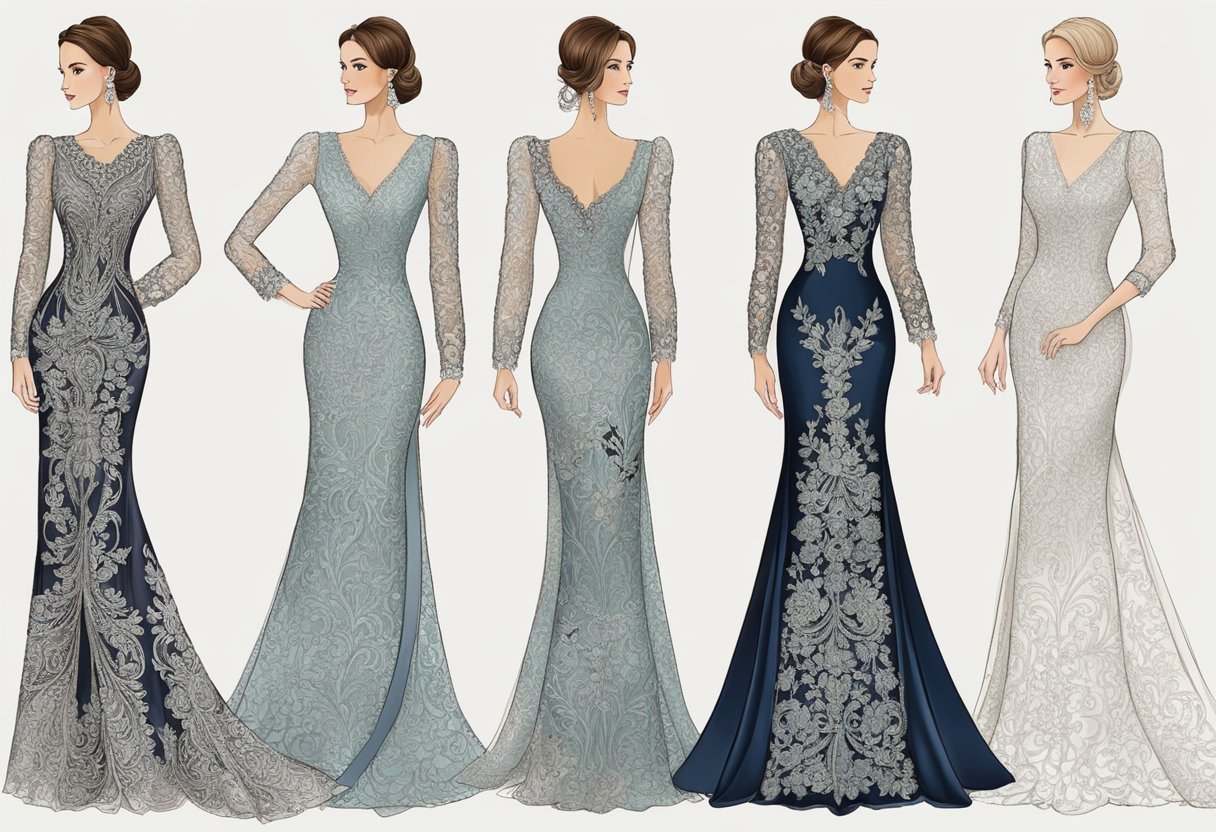
Irish lace continues to be a cherished element in fashion, seamlessly weaving together tradition and contemporary style.
Wedding Dresses and Haute Couture
Irish lace takes centre stage in bridal wear, where luxury and heritage collide. Designers often choose this intricate fabric to create elegant statement wedding dresses. It’s a favourite among those who appreciate the blend of classic craftsmanship and modern design, making Irish lace wedding gowns highly sought after.
In the exclusive world of haute couture, Irish lace is synonymous with sophistication and exclusivity. Designers integrate this delicate material into their collections to add a touch of historical allure. The fine detailing of Irish lace provides a unique texture that is hard to replicate with other techniques, making it a preferred choice for one-of-a-kind apparel.
Contemporary Uses and Freeform Crochet
Besides its undiminished high-fashion appeal, Irish lace has found a place in contemporary clothing and accessories. Its versatility allows for its integration into everyday pieces, such as blouses and scarves, making them extraordinary.
Freeform crochet has breathed new life into traditional Irish lace as artisans explore its creative potential. This modern interpretation celebrates the freedom of the craft, encouraging makers to create unique, organic pieces without the constraints of patterns, thereby pushing the boundaries of conventional lace-making.
Preservation and Legacy
In the realm of Irish heritage, the intricate artistry of Irish lace holds a historical resonance that is carefully preserved and revered. Collections and museums have become sanctuaries safeguarding these delicate masterpieces, while revival movements strive to secure a place for Irish lace in the future.
Collections and Museums
We celebrate the rich history of Irish lace through dedicated displays in various museums. Significant collections can be found in locations such as museums across Ireland that chronicle the evolution of lace-making. The Ursuline Convent, in particular, is renowned for refining Irish lace techniques and hosting a treasury of creations. These institutions are vital for showcasing the legacy, often displaying not just the lace but also the sorrowful context of its making during severe hardship. Within their walls, they narrate the transformation of Irish lace from a means of survival during the Great Famine into a symbol of cultural identity.
Revival Movements and the Future
The resurgence of interest in traditional Irish lace crafts has sparked revival movements aiming to honour and reinvigorate this timeless skill. New generations of artisans are being inspired to learn the craft, ensuring that crochet and needlepoint lace masterpieces continue to grace our lives. Through workshops, courses, and community projects, the knowledge of this intricate handcraft is passed down, weaving a connection to our past and threading it into the fabric of tomorrow. This living heritage paves the way for innovative designs intertwined with the timeless beauty that had once graced the drawing rooms of the affluent, ensuring the skills that produced these masterpieces are not lost to time.
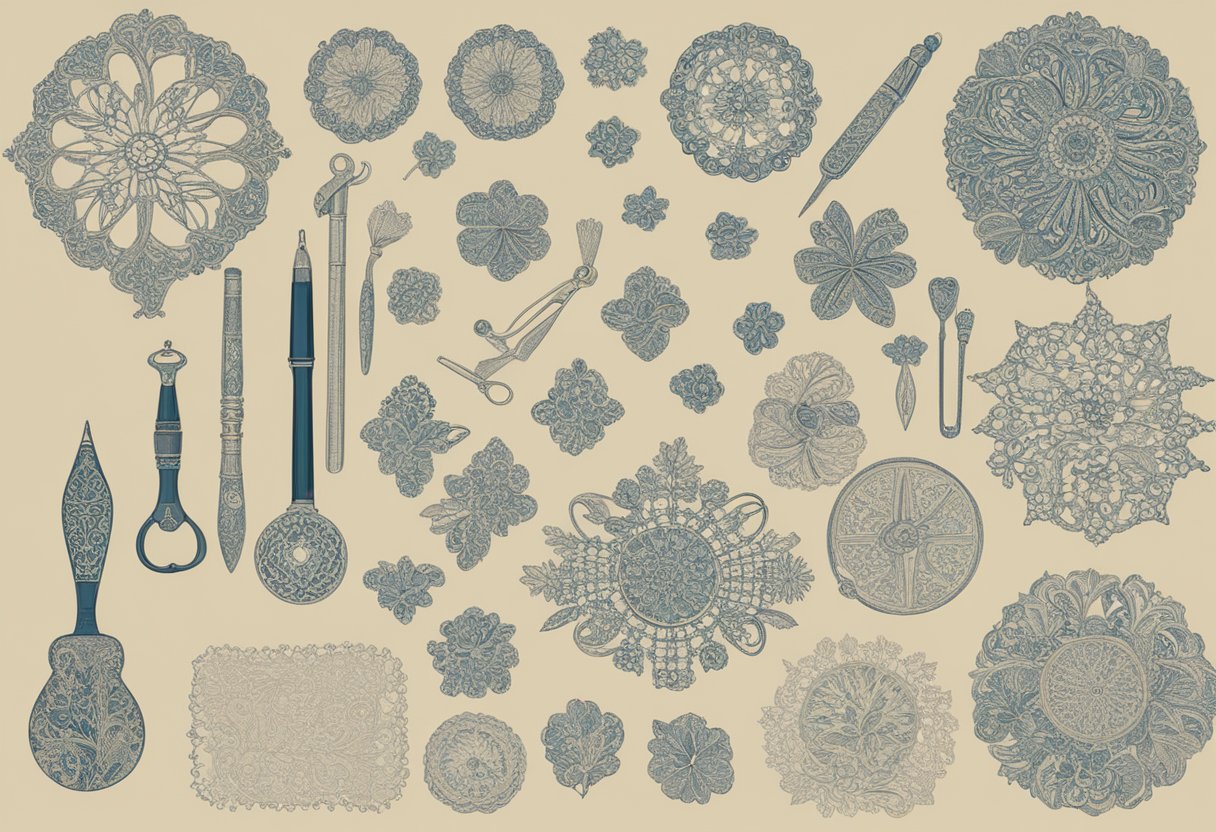
FAQs
Irish lace is a craft of incredible detail and historical significance. In this section, we aim to answer some of the most commonly posed queries relating to the cultural and historical aspects of this celebrated Irish art form.
What is the origin and early development of Irish crochet lace?
The origin of Irish crochet lace is linked to the crochet craft introduced in Ireland during the 19th century. It was initially developed to generate income in response to economic hardships, notably the Great Famine.
For what purposes were Irish lace typically utilised historically?
Historically, Irish lace was a luxury item reserved for decorating wedding dresses, christening gowns, and church vestments. Its intricate design graced the attire of the wealthy across Europe.
Which regions of Ireland are renowned for their production of traditional Irish lace?
Regions renowned for Irish lace include Limerick, renowned for Limerick Lace, and Carrickmacross. Other areas known for specific lace styles include Youghal, Kenmare, and Clones – each with unique designs and techniques.
How did Irish lace-making evolve?
Irish lace-making evolved from a domestic skill to a more structured industry in the 19th century. Despite fluctuating in popularity, it has enjoyed revivals with artisans preserving the traditional methods while incorporating contemporary designs.
What impact did Irish lace have on fashion trends in Ireland and overseas?
Irish lace significantly influenced fashion both within Ireland and abroad, peaking in popularity during the Victorian era. Its elaborate patterns became synonymous with elegance and sophistication in women’s fashion.
How have Irish lace patterns been preserved and passed down through generations?
Irish lace patterns have been preserved through pattern books, family traditions, and lace-making schools. Organisations and initiatives continue to promote the art, ensuring that the knowledge and skills do not fade but rather remain a living tradition.






